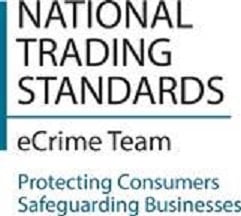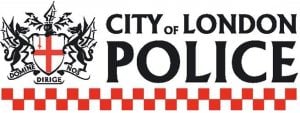18th November 2013
It will now be more difficult to find child abuse images online via leading search engine companies.
 Google and Microsoft, which together account for 95% of internet search traffic, have agreed to take measures to restrict such searches, blocking results from as many as 100,000 search terms. Searches will also trigger a warning that child abuse imagery is illegal. The two giants are known for non-cooperation, but have united on this issue because of the risks to children.
Google and Microsoft, which together account for 95% of internet search traffic, have agreed to take measures to restrict such searches, blocking results from as many as 100,000 search terms. Searches will also trigger a warning that child abuse imagery is illegal. The two giants are known for non-cooperation, but have united on this issue because of the risks to children.
The move has been welcomed by Prime Minister David Cameron, who called for action from the search engines in July this year. But he has warned that the engines need to ensure that deliberately ambiguous searches should also return no results.
In technical terms, the block is made possible by new algorithms (software instructions).
Eric Schmidt, Google's Executive Chairman, said: "These changes have cleaned up the results for over 100,000 queries that might be related to the sexual abuse of kids. As important, we will soon roll out these changes in more than 150 languages, so the impact will be truly global." Writing in the Daily Mail, Mr Schmidt goes on to say: "We're now showing warnings – from both Google and charities – at the top of our search results for more than 13,000 queries. These alerts make clear that child sexual abuse is illegal and offer advice on where to get help."
Microsoft says its Bing search engine will also block searches leading to child abuse images. It says it had always had a zero tolerance attitude to child sexual abuse content and had been introducing more robust measures to block such searches for several months.
Google and Microsoft will both join other internet companies for an internet safety summit at Downing Street later today. Both have also agreed to work with the National Crime Agency (NCA) and its subsidiary the Child Exploitation and Online Protection Centre (CEOP), in an attempt to tackle hidden networks which host the illegal images.










































